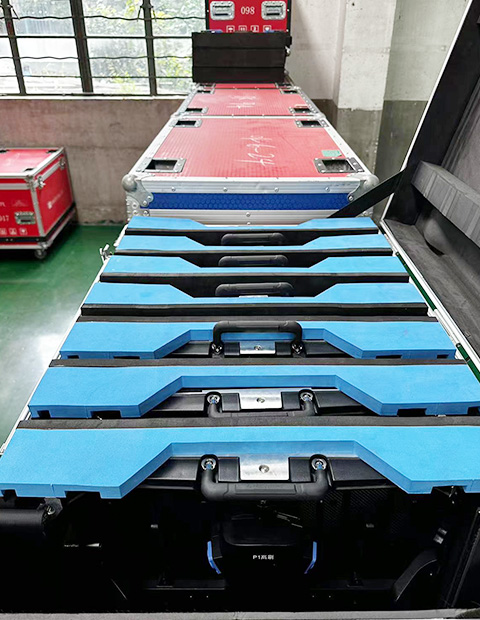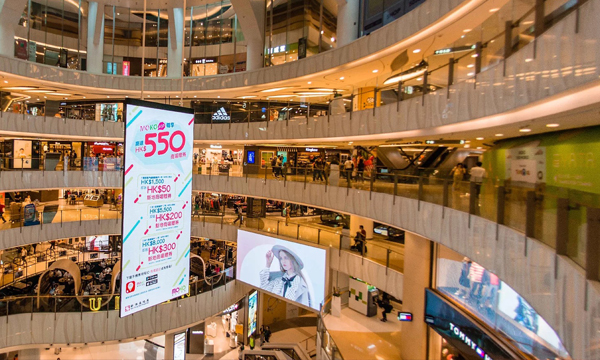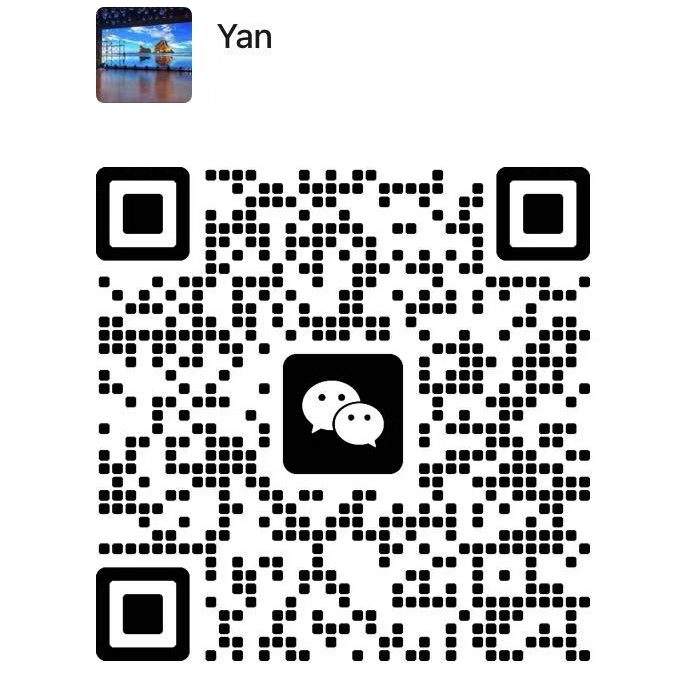In modern technology, LED display screens have become ubiquitous, gracing our cities with vibrant advertisements, providing event information, and even enhancing our visual experiences. These LED screens are composed of individual LED modules, LED display control cards, etc. But, an important question often arises: How many LED modules can a single control card support? In this blog, we will discuss this topic and explore the factors that determine the capacity of an LED display control card.
Factors Affecting Module Capacity:
Resolution Requirements:
One of the primary factors influencing the number of LED modules a control card can handle is the LED screen resolution. Higher-resolution LED screens require more modules to maintain image clarity. As a result, LED control cards may support fewer modules when targeting ultra-high-definition displays.
Module Specifications:
The specifications of the LED modules themselves also play a crucial role in determining capacity. A higher pixel pitch LED module and larger physical size will require more resources from the control card. Therefore, the choice of modules can directly impact the number that can be supported.
Control Card Processing Power:
The processing power of the LED display control card is a factor. Advanced control cards with more processing capacity can handle a greater number of modules. Additionally, the efficiency of the control card’s software and hardware design plays a significant role in determining its module-handling capabilities.
Refresh Rate and Content Complexity:
The control card may support fewer modules if the LED display requires a high refresh rate or complex content rendering. Smooth animations, video playback, and intricate graphics demand more processing power, which can limit the number of modules a control card can manage simultaneously.
How Many Modules Can an LED Display Control Card Support?
If you want to calculate the number of LED control cards, you must first calculate the number of modules based on the dimensions given by the customer. If cabinet installation is required, you also need to calculate the number of cabinets and then calculate the number of LED control cards based on the number of modules or cabinets.
Take the outdoor LED display as an example: To make a P10 outdoor LED display with a 16:9 aspect and an area of 36 square meters, it is calculated that the length of the high-definition LED display is 8 meters and the width is 4.5 meters.
The P10 LED module is 320*160mm. According to the same calculation, the number of module lengths is 8/0.32=25 pieces, and the number of module heights is 4.5/0.16=28 pieces. The height of the LED screen should be: 0.16 *28 = 4.48 meters, and the net display area of the high-definition LED display becomes: 8*4.48=35.84 square meters.
If made into cabinets, there are: 960*960=28 cabinets, 640*960=8 cabinets, 960*640=7 cabinets, and 640*640=2 cabinets.
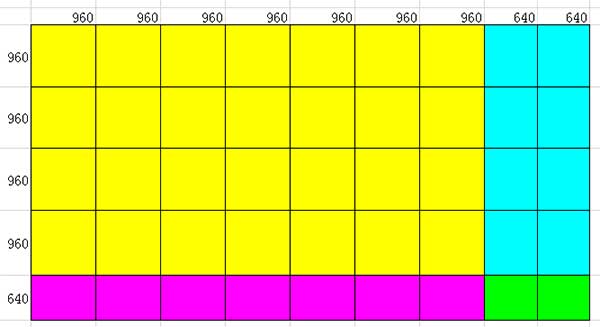
The P10 Outdoor LED module has 32 points in length and 16 points in height. Take the Linsn LED receiving card as an example: the length can carry 128 points, and the height can carry 384 points, So the LED receiving card can carry 128/32 in length. =4 modules, you can load: 384/16=24 modules.
If it is a 960*960mm cabinet with 3 modules in length and 6 modules in height, one LED receiving card in one cabinet is more than enough. This is the so-called one card in one cabinet. Generally speaking, we do not recommend a receiving card with two cabinets, (especially a cabinet with a back door. If a receiving card is equipped with two cabinets, the back door will not close). So if there are 9 cabinets in length, 9 cards need to be received, and if there are 5 cabinets in height, 5 cards need to be received, so a total of 9*5=45 cards are needed.
If it is made into a P10 indoor LED display and no cabinet is needed, the length of the LED screen needs a receiving card: 25/4=6.25, round up and move forward one digit, that is, 7 pieces, the height of the LED screen needs a receiving card: 28/24 =1.67, that is, 2 cards, so a total of 7*2=14 LED receiving cards needed.
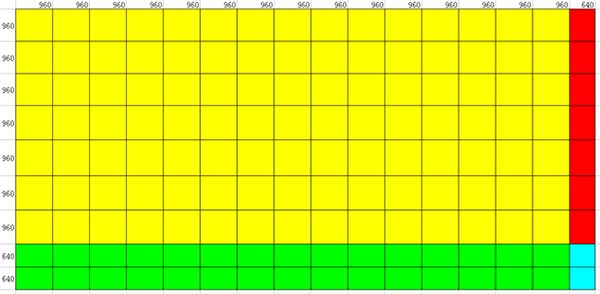
The length of the LED sending card can be 2048 points, and the height can be 640 points. The length of the LED screen is 25 points * 32 points = 800 points, and the height of the display screen is 28 points * 16 points = 448 points, so one LED Sending card is enough. But if the screen area is 120.32 square meters, the length is 15.04 meters, and the height is 8 meters, the calculation method is as follows:
The number of modules required for the screen length: 15.04/0.32=47 pieces
Number of modules required for screen height: 8/0.16=50 pieces
Module points required for screen length: 47 points * 32 points = 1504 points
Module points required for screen height: 50 points * 16 points = 800 points
Number of sending cards required for screen length: 2048/1504=1 sending card
The number of sending cards required for a high screen: 800/640=1.25 sending cards
(15 and 8 are the length and height of the screen respectively, 0.32 and 0.16 are the length and height of the module respectively, 32 and 16 are the length and height of a module in pixels respectively, 2048 and 640 are the length and height of the LED sending card respectively. High points can be taken)
From the above calculation, we can see that long requires 1 sending card and high requires 2 sending cards. When there is a decimal point at the end, all are forwarded by 1 (for example, 1.1 is 2 cards, 1.9 is still 2 cards). So you need 2 sending cards.
LED Receiving cards are still calculated according to 1 cabinet and 1 card. A total of 144 receiving cards are needed, as shown in the figure below:
However, if you change to an P10 full-color indoor LED board, if no cabinet is used, you still need 2 sending cards, and the number of receiving cards is as follows:
The number of receiving cards required for the length of the screen: 1504/128=11.75, rounded up, if there is a decimal after, all forward 1, that is, 12 receiving cards
The number of receiving cards required for a high screen: 800/384=2.08, rounded to the nearest whole number, that is, 3 receiving cards.
Therefore, the total number of cards needed to be sent: 12*3=36 cards
Tips:
When the LED screen area is very large, more than 20 square meters, it is recommended to use a cabinet, which is better for the safety of the display.
You can only use a Bar LED screen when the screen area is between a few square meters and ten square meters. However, when the area exceeds 10 square meters, it is recommended to use a cabinet, because the load-bearing capacity of the strip screen is too small to support the load-bearing of a large LED display, and it is easy to cause accidents such as the screen falling, so customers should make a choice when choosing them and don’t cause an irreversible situation.
Conclusion:
LED display control cards can support the number of LED modules depending on various factors. To maximize the potential of your new or used LED display, it’s essential to carefully consider these factors when selecting both the control card and LED modules.
Whether you are designing an outdoor billboard, a stadium scoreboard, or a dynamic advertising display, It ensures that you achieve the desired visual impact without compromising on performance. As technology advances, LED control cards will continue to evolve, potentially supporting even larger numbers of modules and higher resolutions, opening up new possibilities for innovative LED displays.

